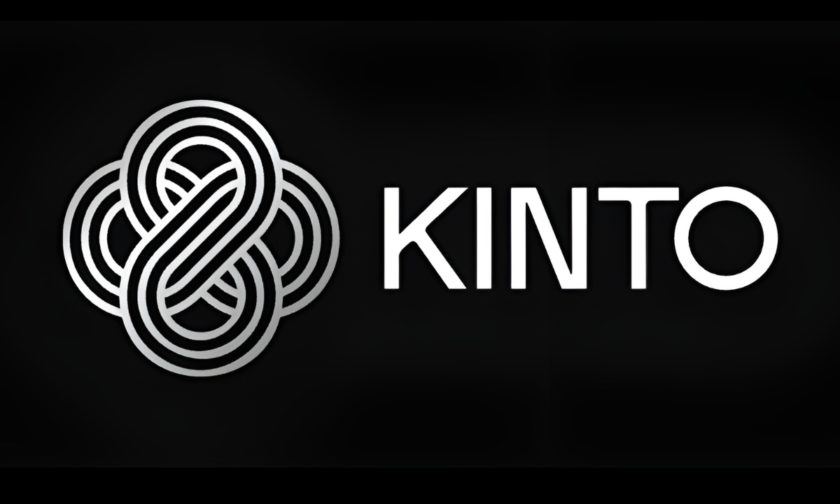William Mougayar is the author of “The Business Blockchain,” producer of the Token Summit and a venture investor and adviser.
DeFi has grown to a point where its mindshare now far exceeds its relatively small crypto market share. It has benefited from a catchy name, and continues to spawn catchy words like “sushi.” DeFi sounds better than what it is: “automated algorithmic financial products with no central human intermediaries and plenty of decentralized computer-based protocols as the intermediaries.”
That said, no matter how you cut it, DeFi’s market share numbers are still relatively small. By market cap, hovering at $16 billion, DeFi is about 4% of the total crypto market. By transaction value, even at $13 billion for a trailing 30 days, decentralized exchanges represent 0.3% of overall crypto exchange trading value. By value locked, at $9 billion, that’s 2.4% of the total crypto market value. By users, at 160,000 (estimated), that is 0.32% of the 50 million blockchain addresses.
See also: Donna Redel & Olta Andoni – DeFi Is Just Like the ICO Boom and Regulators Are Circling
Granted, the above numbers only offer a static snapshot of DeFi. They do not give us the full dynamic picture on its velocity and vibrancy. To counter its tiny market share footprint, DeFi’s growth rates have been vertiginously high (into the three or four digits of growth depending what you are looking at), and from an activity perspective DeFi is consuming the lion’s share of blockchain entrepreneurial creativity, innovation and sheer intensity in product introductions, to the point where keeping up with this segment has become extremely challenging, even to insiders.
Despite all this excitement and positivity surrounding it, DeFi is not on a good trajectory. DeFi users (just like its creators) are geeky. They are mostly crypto nerds or early adopters. For DeFi to thrive, it must enter the mainstream and attract users who do not tolerate nor understand DeFi’s geekiness.
Where will users come from?
DeFi maximalists are dogmatic in believing that financial self-custody is enough to grow the segment. Unfortunately, there aren’t enough users who want to duke it out on DeFi’s user experience quirkiness.
The jargon itself is a deterrent: flash loans, yield farming, staking, liquidity pools, liquidity providers, slippage, bonding curve, vaults, money market as protocol, algorithmic market-making, credit delegation and so on. These aren’t subjects that will be understood by mainstream users, let alone by some financial experts.
You might be thinking: How about the new group of so-called “DeFi wallets”?
Yes, there is a new generation of self-custodial wallets that are bent on a self-proclaimed mission to attract millions of users to DeFi. The best of them have beautiful user interfaces. But they all have an intrinsically poor mainstream usefulness because they tilt on geekiness, and on the assumption that end-users are fully versed in DeFi concepts.
For the above reasons, I believe the best prospects for growing DeFi and ushering it into the mainstream is via central exchanges, or “CeFi.”
I recently conducted a Twitter poll asking the question of whether DeFi is infrastructure, middleware or end-user application? The majority of responses favored the proverbial “all of the above” answer.
As infrastructure, DeFi’s protocols provided a technical and functional base layer to build on.
As middleware, DeFi has seen a proliferation of APIs, open access points, interchangeable modular functionality (which DeFiers call “composability”) and a rich programmability potential.
As application, the wallet has become a popular entry point, mostly via the non-custodial type, arguably the least user-friendly flavor among typical crypto wallets.
These multiple personalities have helped disguise DeFi’s entrance. As a result, and with no concern for these blurred architectural lines, DeFi developed into a messy patchwork of products, services and technical capabilities all mushed-up as one.
Although initially acceptable, this messiness will eventually disappear as the segment matures. Eventually, these three architectural pieces will become discreetly disconnected and more clearly visible.
CeFi to the rescue
Here are three angles of attack that CeFi players can adopt in order to fully exploit the explosion of DeFi.
See also: Paul Brody – Enterprises Would Use DeFi, if It Weren’t so Public
Bring DeFi products inside exchanges
CeFi players have already built mainstream user experiences inside their exchanges. That was a key requirement for their success. Now, they must figure out how to integrate DeFi products and services into their offerings by gradually tucking them inside these known user experiences.
Binance, Huobi and Coinbase have already started to do some of that by listing DeFi tokens or creating baskets of DeFi indices, adding staking services, and introducing stablecoin-backed interest rates on top of staking services. These are all good but timid first steps, but nonetheless required ones.
Think like wholesale pickers
Long term, I see the various DeFi protocols as being the equivalent of “manufacturers,” with CeFi as the wholesalers that pick their products, integrate them and give them a retail face. CeFi players should hurry and pick the DeFi products they want to build on top of.
To do so, CeFi can focus on integrating DeFi from the middleware levels and providing their own user experiences, i.e. adding their own brand of lipstick on top of the DeFi tech.
Provide more education, not just great user experiences
As mentioned, many new crypto-wallets have gorgeous interfaces. But while necessary, that is not sufficient. What I am referring to is market education, not in-app tutorials and “how to do this” that quickly overwhelm mainstream users.
To quote the Japanese writer Haruki Murakami, “If you can’t understand it without an explanation, you can’t understand it with an explanation.”
See also: Galen Danzinger – In 2019, Students Demanded Blockchain Education. In 2020, It’s Coming
Market education will go a long way. The goal is to dumb down the DeFi entry points to mainstream levels of understanding such that the inner complexities are hidden so that the new benefits can emerge via a mainstream kind of wrapping.
You might think, how about traditional finance? What is its role? In my opinion, traditional finance players have higher hoops to jump through to integrate DeFi than CeFi players do.
Before DeFi can aspire to eat traditional finance, it needs to eat some CeFi first, maybe as the appetizer.
Another scenario might be to let DeFi grow from its own base while skirting around CeFi and OldFi (traditional finance). That plot has a lower likelihood of success and a greater difficulty level, judging by what we have seen so far from the DeFi players.
Some may think that going the CeFi route comes with risks of increased centralization powers in the hands of the big exchanges, but that is a lesser worry than to let DeFi meander its way into uncertain growth from a small base.
See also: DeFi Dad – Five Years In, DeFi Now Defines Ethereum
The CeFi market potential is staring DeFi in the face. If CeFi exchanges want to start looking more like full-service financial services institutions, they need to become DeFi’s best distribution channels.
I hope that both sides meet each other half-way to make this happen.




